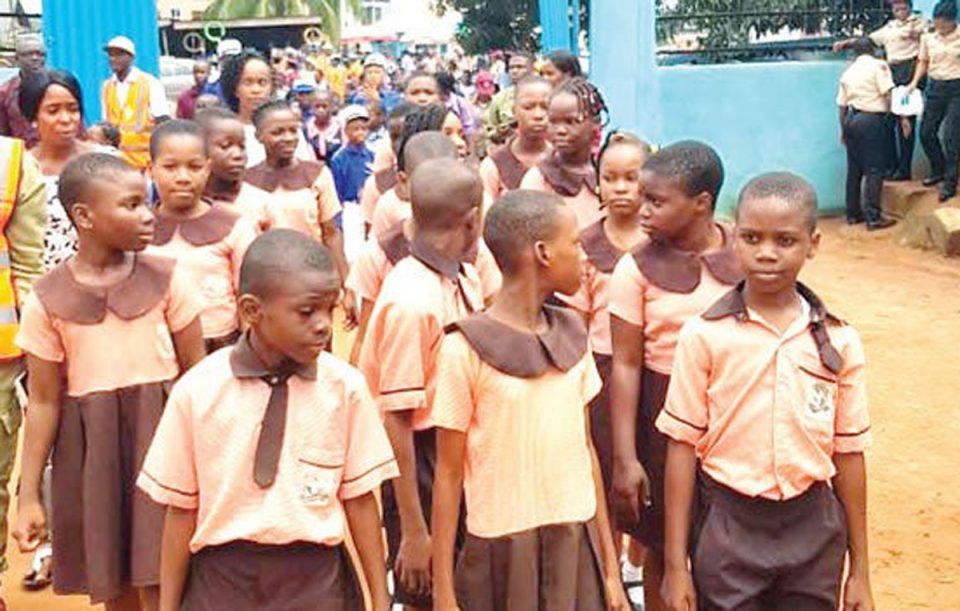School out! These are the famous words from the classic movie, High School Musical, a 2006 American musical television film written by Peter Barsocchini and directed by Kenny Ortega. They are often what most children look forward to when school term is over. This time round, “school is out” not because it is summertime or even half-term, but due to the global coronavirus pandemic which has changed how millions of students are educated across the globe. The United Nations’ Educational, Scientific and Cultural Organisation estimates 188 countries have now implemented nationwide closures affecting about 90 per cent of the world’s student population. What does this all mean for the education sector? This article highlights some of the impact of the coronavirus pandemic on key stakeholders in education, looking at the implications of these closures and offers some solutions on how to embrace this new way of learning.
From pre-school to university, school buildings are shut affecting the daily routine of many learners. Many schools have adopted online learning programmes to decrease the disruption this will have on students. The impact of this disruption will be felt at a larger scale with early years and younger students where parents have now largely taken on the role of teachers. At the higher education level, self-study may be easier to get on with. Notwithstanding, there are societal issues that come into play such as student debt, mental health and the lack of social interaction which is highly important for a child’s cognitive development. The pandemic will also further highlight the digital divide that exists within many communities as limited access to technology or reliable Internet connection can prevent students in the rural areas and deprived families from continued learning.
The current transition towards digital learning greatly impacts the nature of the teaching profession and pedagogy practices. Teachers and educators are often used to sharing knowledge in classroom settings where you can observe a child’s responsiveness and understanding. Though online learning has its advantages such as access to more information beyond the classroom, this poses difficulties for teachers in terms of child observation. It also blurs the distinction between knowledge acquired at school and at home. Teachers must reconsider all their methodologies and make sure the most useful message is being sent across in online classrooms that inspire students and parents through these times. This necessitates openness towards being trained in the use of new teaching and assessment practices.
As the world continues to navigate these unprecedented times and challenges, financial management and discipline are even more crucial. This is a time to reassess your school’s strategy and branding, ensuring it is in a position to succeed even though your physical building is temporarily shut. Creating value to parents through effective learning management systems, extracurricular activities and frequent communication will be key to staying on top of the industry this period. This is a time to review expenses and brainstorm ways to ensure the school is moving along with the digital times if it was not before. Public-private partnerships and crossindustry coalitions formed around a common educational goal are avenues to consider in these times. Digital safety procedures and policies must also be created and implemented now learning is held primarily online.
Digital learning will increasingly impact the way we learn and teach. How can we make the most of these times? For parents with younger children, try sticking to a routine. This will balance work as well as your children’s schedule and help in keeping low the effects of a change in schedule as much as possible. For students, open-mindedness and using this opportunity to balance school and hobbies present a great time to use this period for. Teachers would need to forget the traditional ways of learning and look at how to keep students engaged during these times. It is highly likely that the future of education will no longer be strictly face-to-face but a blend of platforms including online. Additionally, peer-to-peer learning will become a vital element of education, as it represents the way students transfer the knowledge they have acquired when they go out into the world. The presence of coronavirus has brought several considerations to light and when all of this is over, nothing is likely to stay the same again, including education and the school system. The practices incorporated during the pandemic period will map a new path for the future and we should not be caught unaware.
Laura Ndubuisi-Kanu, Lagos




